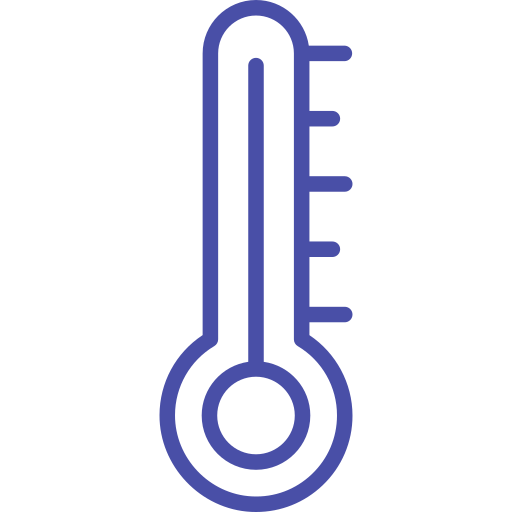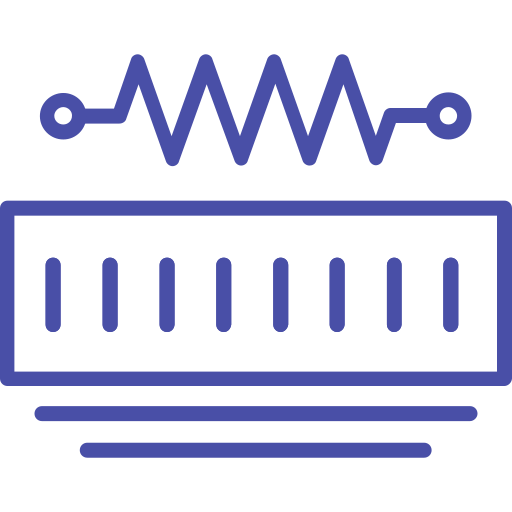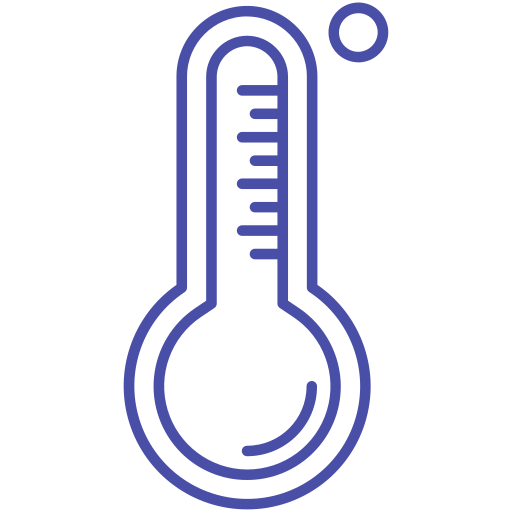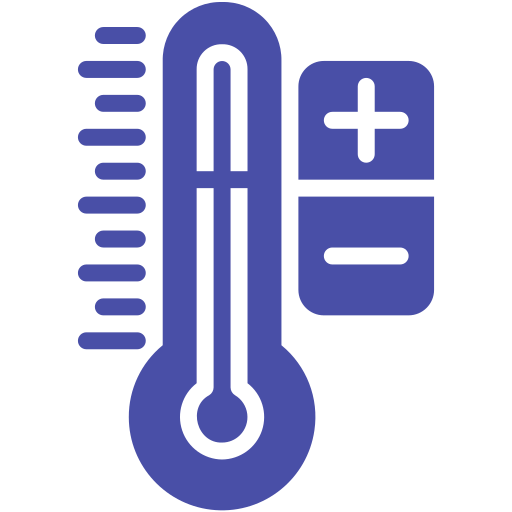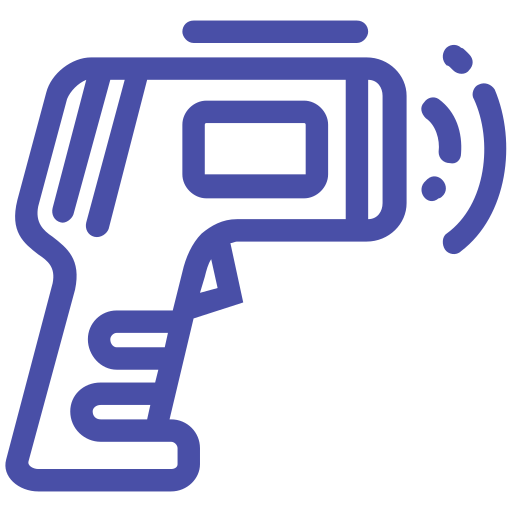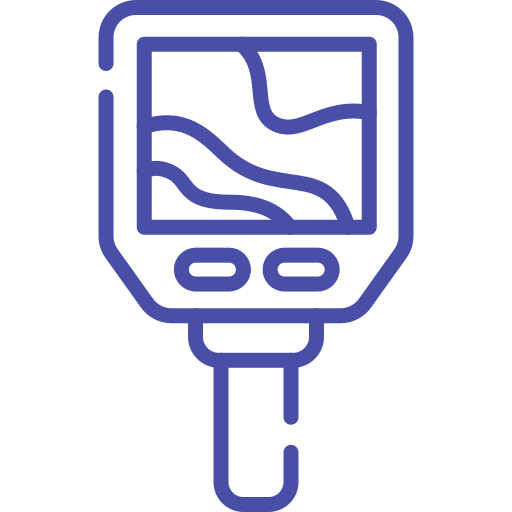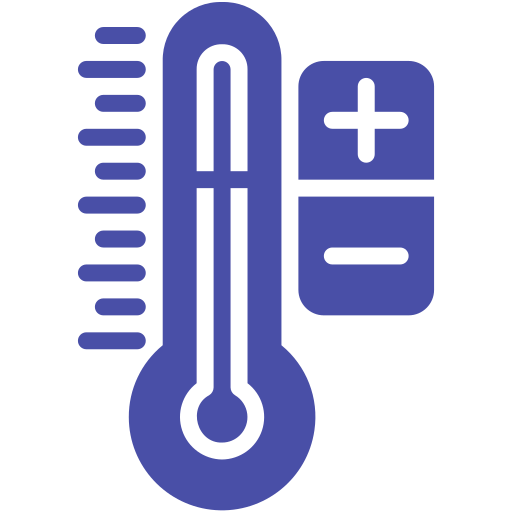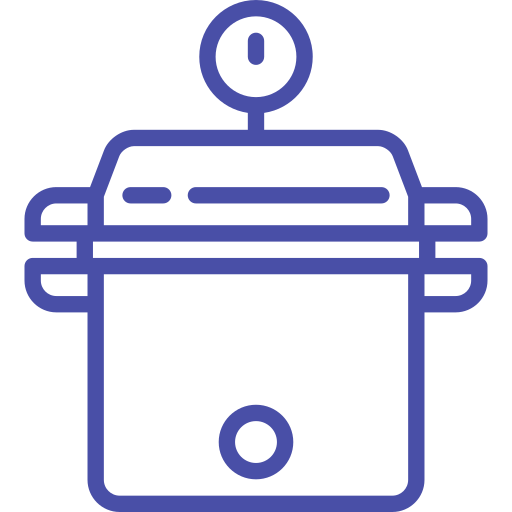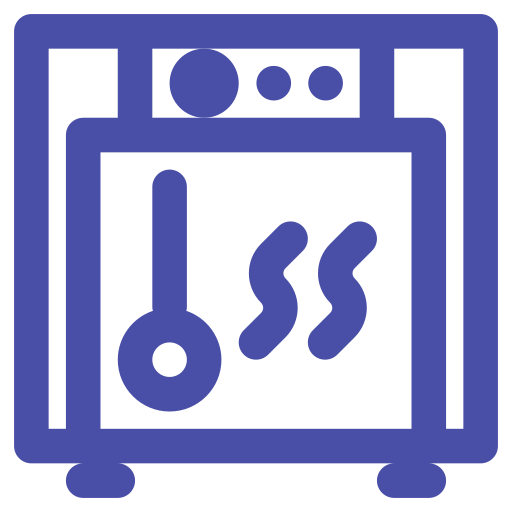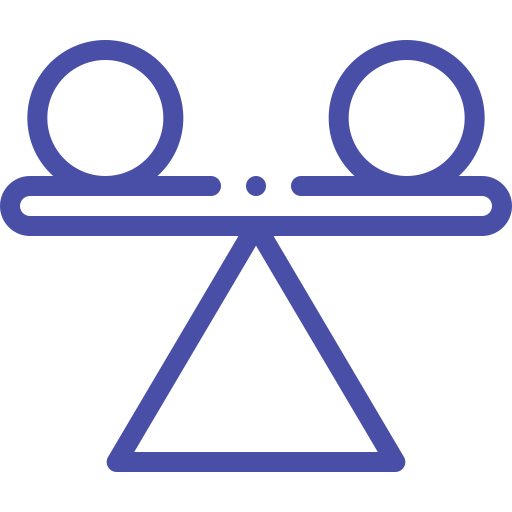Ensure accurate readings with professional Temperature Calibration in Bangladesh by Pico Labs Ltd, trusted for precision and reliability.
Temperature Calibration in Bangladesh
Temperature calibration is a critical process in ensuring the accuracy and reliability of temperature measuring instruments used across various industries. From manufacturing and food processing to healthcare and energy, precise temperature measurement is essential for maintaining quality standards, safety, and regulatory compliance. In Bangladesh, the demand for reliable temperature calibration services has grown significantly as industries strive to maintain international standards.
Why Temperature Calibration is Important
Temperature calibration ensures that thermometers, temperature sensors, and other measuring devices provide accurate readings. Inaccurate temperature measurements can lead to defective products, safety hazards, and operational inefficiencies. Regular calibration helps identify deviations, correct errors, and extend the lifespan of instruments. For businesses in Bangladesh, investing in professional temperature calibration services is a step toward operational excellence and compliance with industry regulations.
Industries Benefiting from Temperature Calibration
Several industries rely heavily on accurate temperature measurement:
-
Food & Beverage Industry: Proper temperature monitoring is crucial for food safety and quality. Calibrated devices prevent spoilage, ensure compliance with health standards, and maintain product consistency.
-
Pharmaceuticals & Healthcare: Temperature control is critical in drug storage, vaccine preservation, and laboratory testing. Calibration ensures instruments like incubators, freezers, and autoclaves operate within safe temperature ranges.
-
Power & Energy Sector: Accurate temperature monitoring in power plants and energy systems enhances efficiency and prevents equipment failure.
-
Manufacturing & Chemical Industry: Many processes require precise temperature control to maintain product quality and avoid operational hazards.
Temperature Calibration Process
Professional temperature calibration involves comparing an instrument’s readings against a standard reference and adjusting it if necessary. The process typically includes:
-
Initial Inspection: Checking the device for any visible damage or malfunction.
-
Reference Measurement: Using a high-precision reference standard to measure temperature at different points.
-
Adjustment: Correcting deviations to align the device readings with the reference standard.
-
Documentation: Providing a calibration certificate that details results, tolerances, and compliance with international standards.
Choosing a Reliable Calibration Service in Bangladesh
Selecting a trustworthy temperature calibration provider is vital. Key factors to consider include:
-
Accreditation: Ensure the service follows international calibration standards such as ISO/IEC 17025.
-
Experience: Choose a provider with expertise across different industries and instruments.
-
Advanced Equipment: Modern calibration equipment ensures higher accuracy and reliability.
-
Customer Support: A responsive team can guide your organization through the calibration process and scheduling.
Pico Labs Ltd. provides professional temperature calibration services in Bangladesh, serving a wide range of industries including power, healthcare, food & beverage, and manufacturing. With state-of-the-art calibration equipment and a team of trained experts, Pico Labs Ltd. ensures precision, reliability, and compliance with international standards. Whether you need routine calibration or urgent service, Pico Labs Ltd. offers tailored solutions to meet your specific requirements.
Investing in regular temperature calibration not only improves operational efficiency but also helps businesses in Bangladesh maintain quality and regulatory compliance. Partnering with a reliable service provider like Pico Labs Ltd. ensures your instruments perform accurately and consistently.

